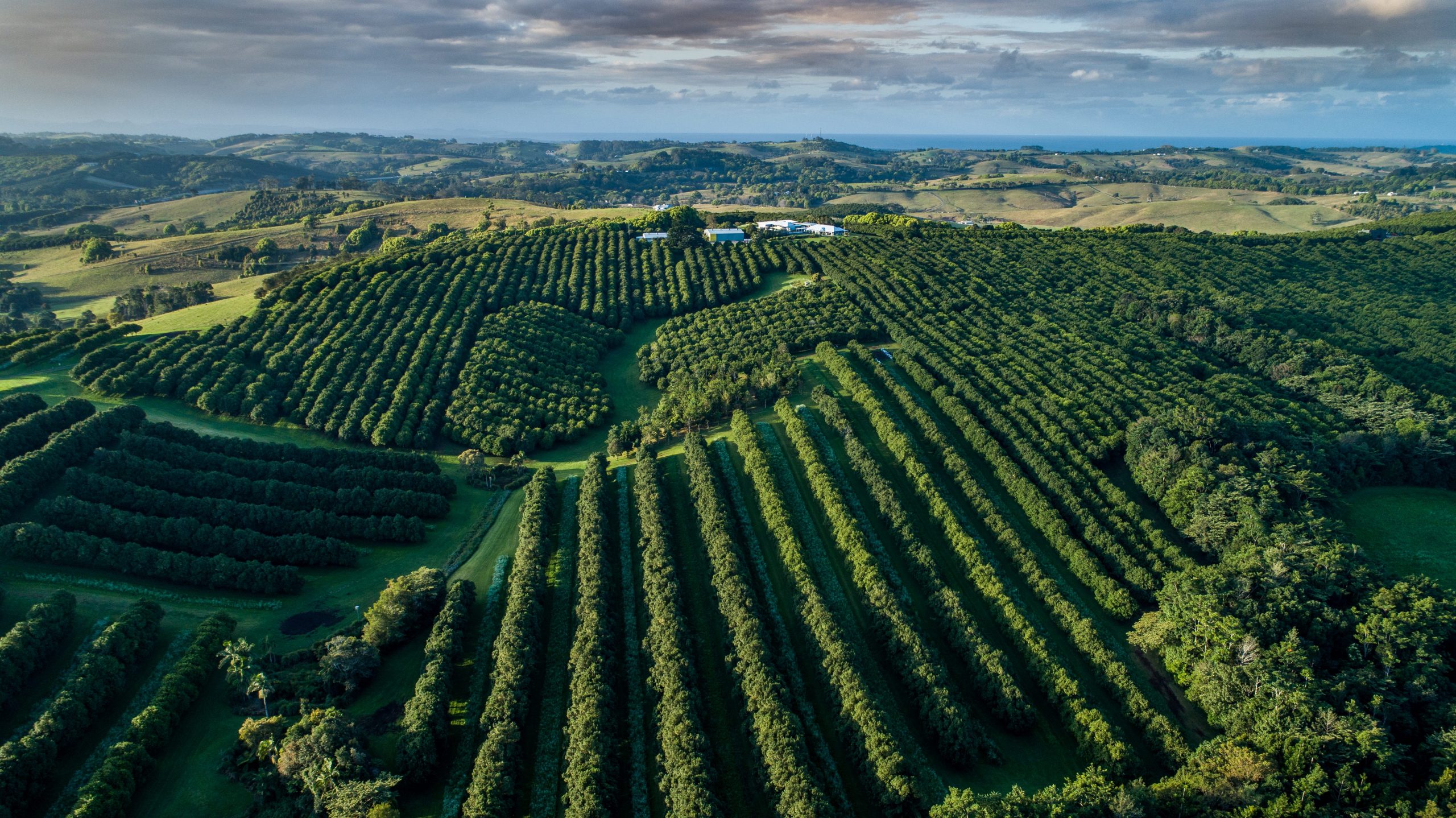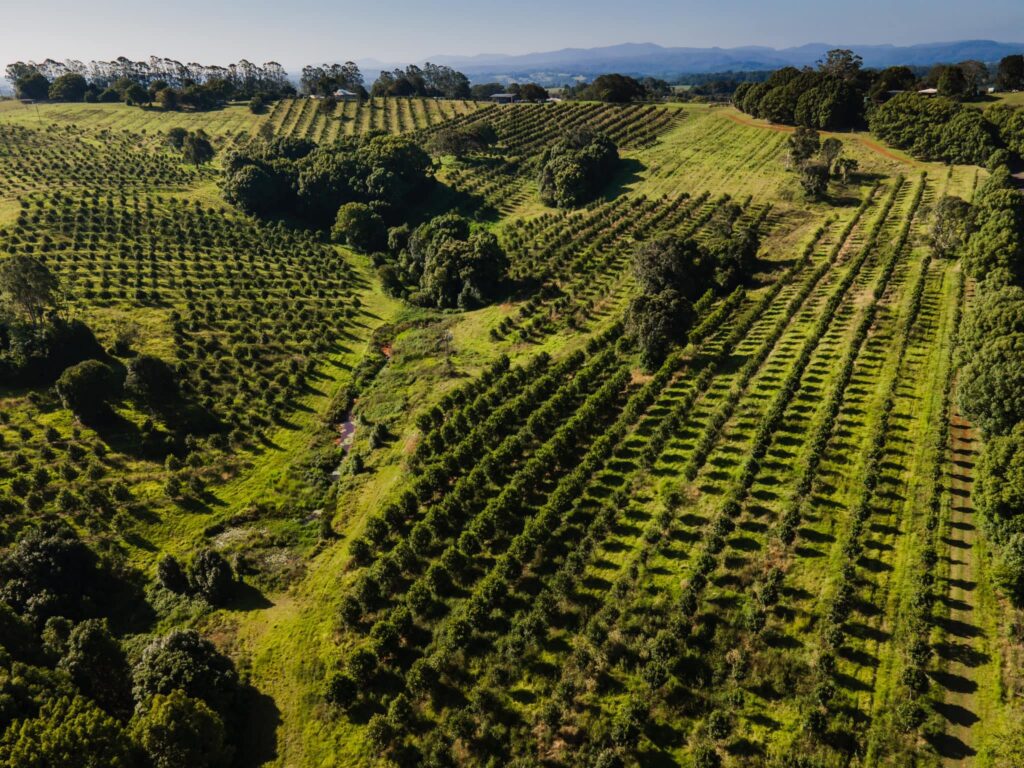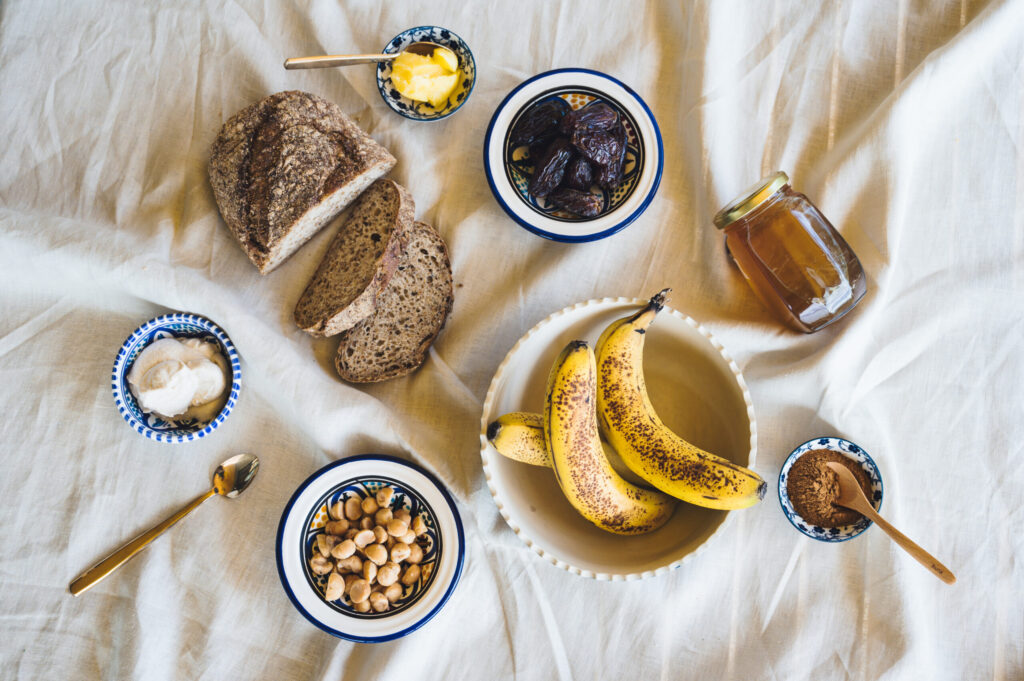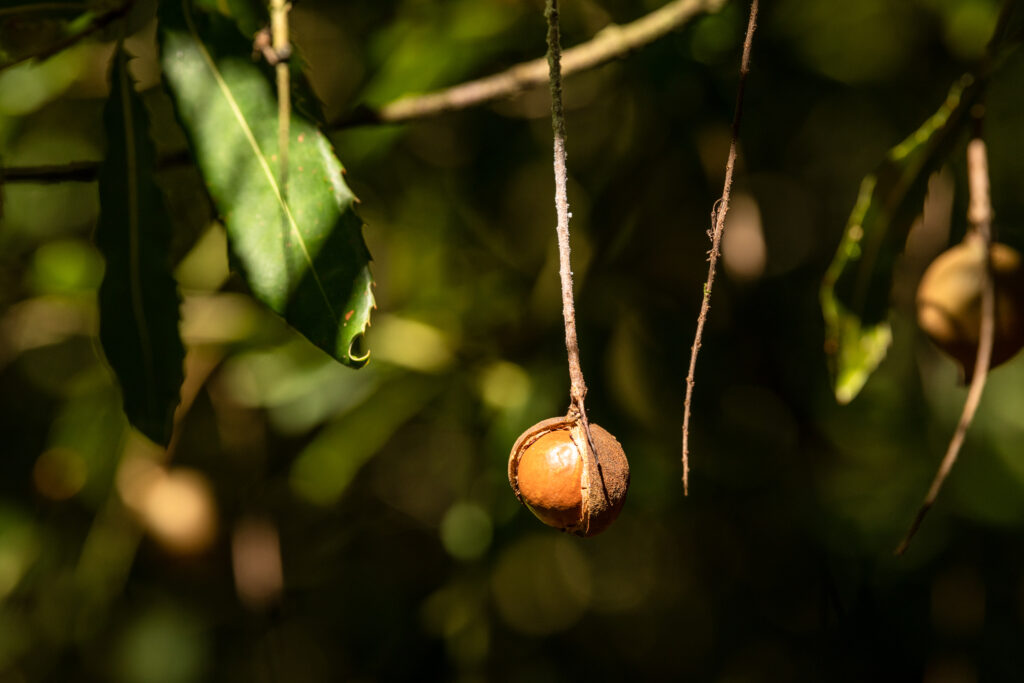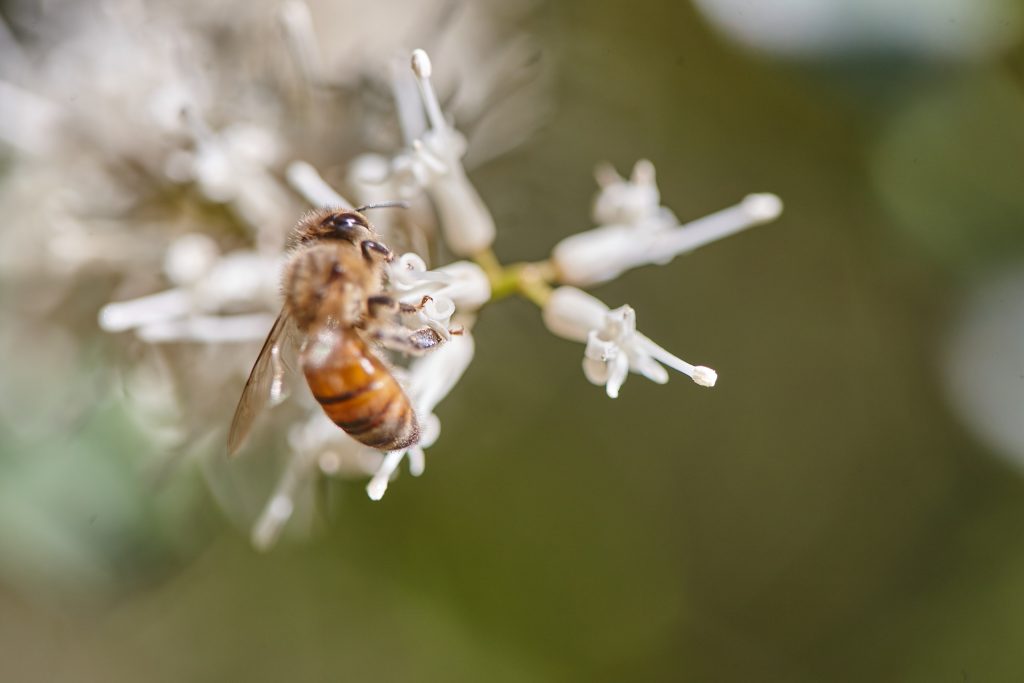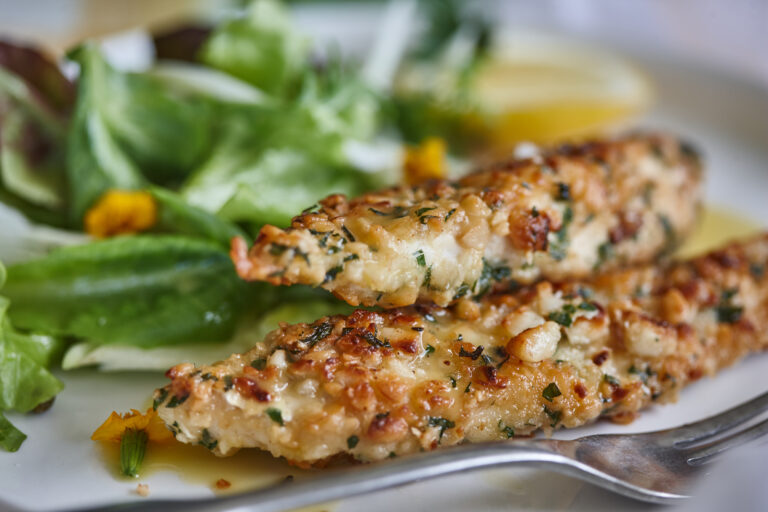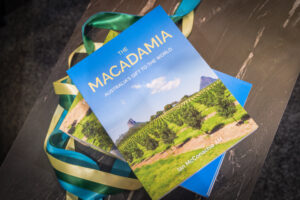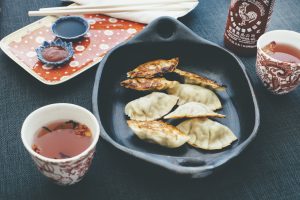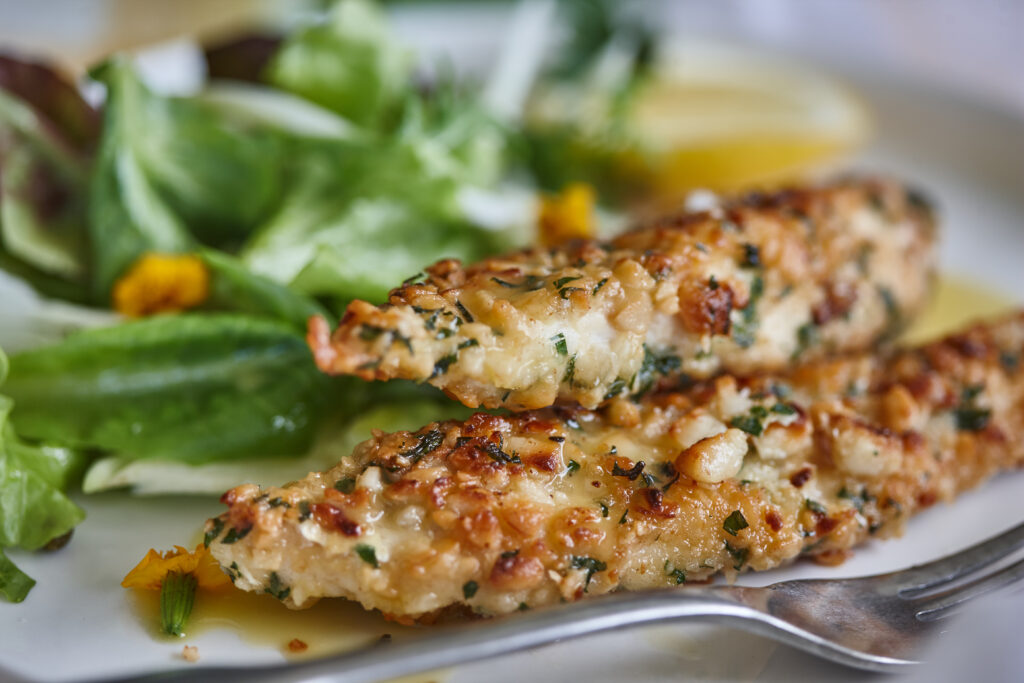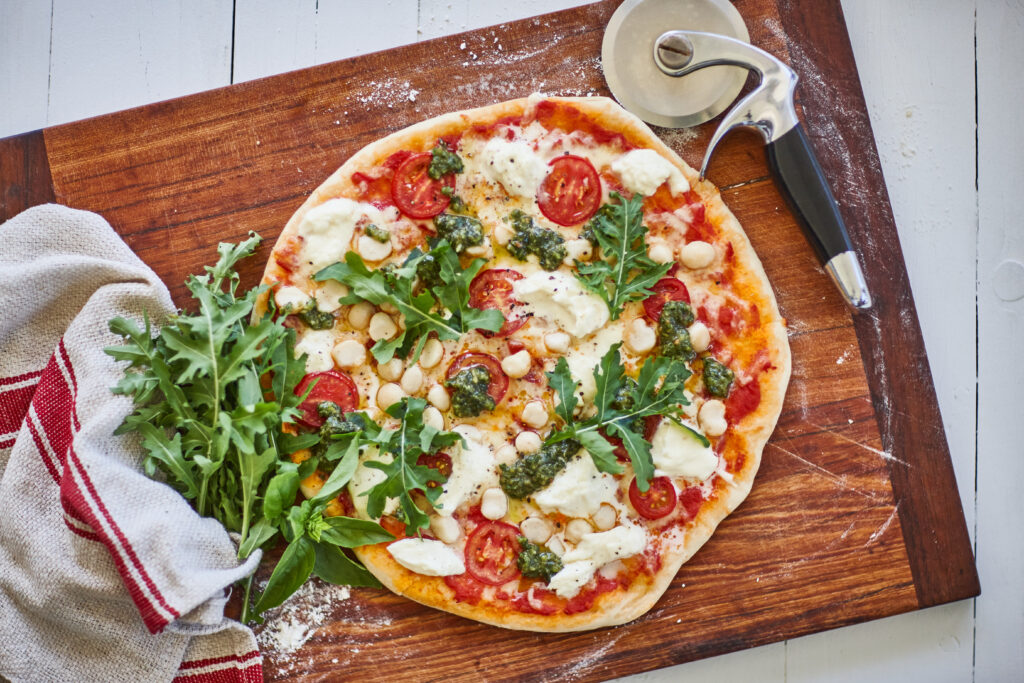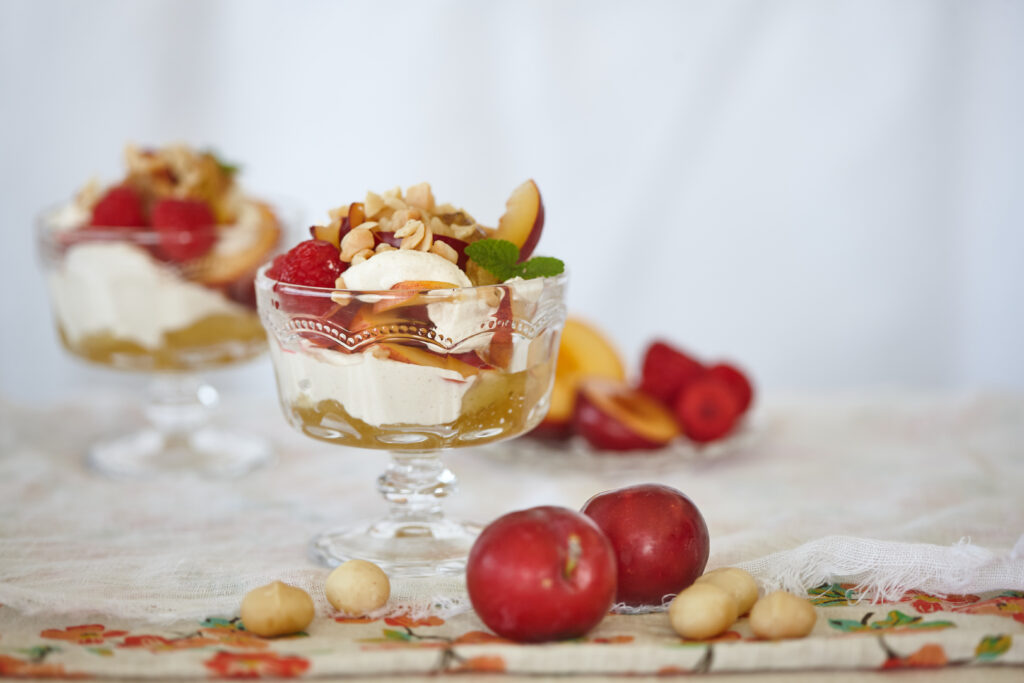The Harris family’s macadamia farm outside Bangalow on the NSW Far North Coast is called Piccadilly Park, but this is not your standard macadamia orchard.
It takes a team to make a difference, and for the last few years Rex Harris, his wife Lynette, sons Carl and Daniel, farm manager Mark Jones and agronomist Ray O’Grady have all collaborated in a stewardship of their farm to create a more nature friendly environment in which to grow macadamias. They have been working hard to convert their macadamia orchard by removing alternate rows of macadamia trees and planting flowering plants in their place including sunflowers, sorghum, cow pea, flax and 12 other varieties of plants. It’s all part of creating a vibrant polyculture on the farm, above and below ground, and it’s paying off in more ways than the family could have imagined.
Protecting the soil
Located outside Bangalow village in Northern NSW, the family planted their orchard in 1990 on land that had previously been used to grow corn and potatoes. South African sweet smother grass had been established between the rows of trees as a ground cover to protect the soil from erosion during the heavy rains that the area can sometimes receive. However, as the orchard grew, they started to notice a problem.
“As the orchard matured and as the trees started to canopy over, we lost sunlight on the orchard floor,” explains Rex. “We started to lose our smother grass and thus, no protection for the soil at all. We decided to start thinning the orchard, removing every second row. That gave us ample sunlight to re-establish ground cover and introduce seasonal cover crops to the inter-row of the orchard.”
Sunflowers are now a favourite inclusion of the summer cover crop mix. Because they can grow quite tall (acting as a trellis for climbing Legumes) Rex’s orchard looks unlike any other in the area. It’s not just the fact that every second row is a flower bed, it’s all the life that comes with that. “We were converting our orchard from a monoculture to a polyculture. So now, the orchard is alive with insects…beneficial insects and butterflies, and we’re seeing a lot more bird life in the orchard too.”
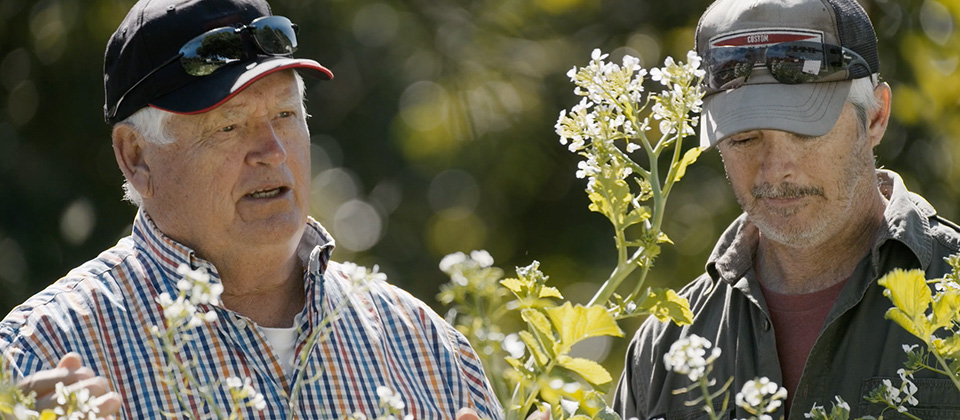
Using regenerative principles and practices
“One of the practices of regenerative agriculture is a live root in the ground at all times,” explains Rex, which is why the sunflowers themselves aren’t harvested as cut flowers. Instead, they are used to help build the soil. “Sunflowers are very tall plants, so we roll those down, crimping the stalk about every 100 millimetres. It becomes a really, really thick mulch bed.” Then the next season’s cover crop is planted directly into the previous one with a no-till planter. This practice helps build soil organic matter which increases water holding capacity for his macadamia trees, as well as creating a more biodiverse environment.
Farming practices moved away from using chemical fertilisers in 2011, and instead feed the trees with compost (which now contains the tree thinnings). After ten years, each tree has had around a tonne of compost fed to it! This has helped build soil health so that it is yet another living part of the farm.
“Now, you’ve got a living soil, and amazing natural things are happening. Every time when we replace the cover crop we’re laying down [the old one], and there is tons of biomass that is actually being broken down by microbes. Then we’ve got a new crop growing, and so we’re doing layer upon layer upon layer of vegetation. It’s just all going back into the soil. It’s rebuilding the soil.”
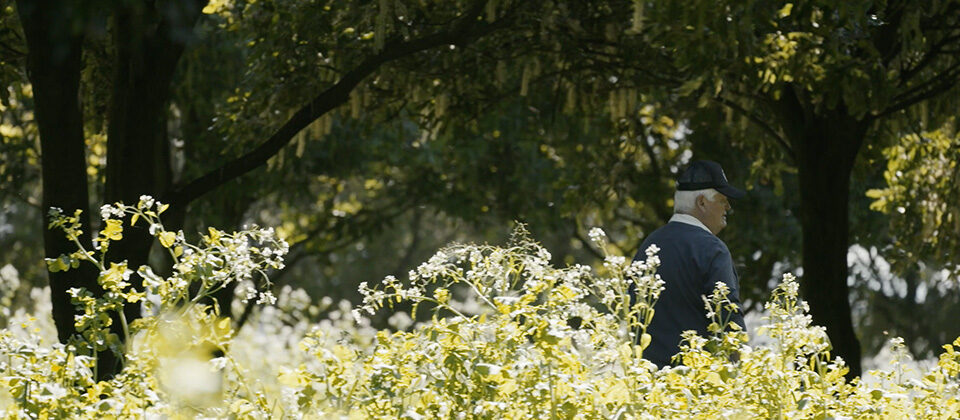
Loving the insects
Everything is a delicate balancing act at Piccadilly Park, with Rex constantly learning, testing and trying ideas to improve the biodiversity on the farm. While many macadamia farmers use beneficial insects to control pest species in their orchards, Rex takes this to a whole new level.
“The first time we replaced the multi-species cover crops, we learned a big lesson,” he recalls. “We replaced the whole lot in one hit. It wasn’t until a good way through, that I noticed the swarms of insects. And then realized there was no habitat for them to go. We had just taken away their whole habitat.” He’s since created permanent insectaries (meadows of constantly flowering plants) on the property. Now when cover crops are replaced those plantings are staged to maximise habitat for beneficial insects and that has flow on benefits for his whole farm.
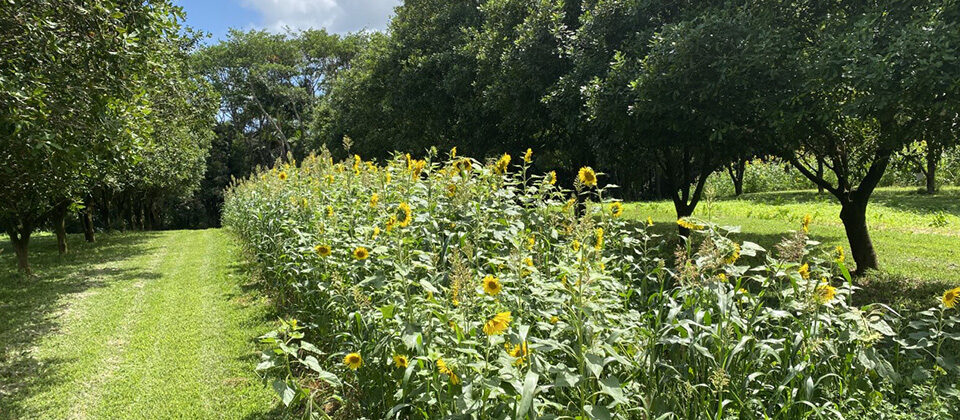
Aside from the macadamia orchard, Rex has also planted 60,000 rainforest trees & sedges over the past twenty years that are now a well established habitat for birds, making Piccadilly Park a haven of biodiversity. In fact, the sunflowers between the macadamia trees that set Piccadilly Park apart from other farms are really just a sign of a bigger overall program of biodiversity that Rex is committed to continue for years to come.
Press play to learn more.
